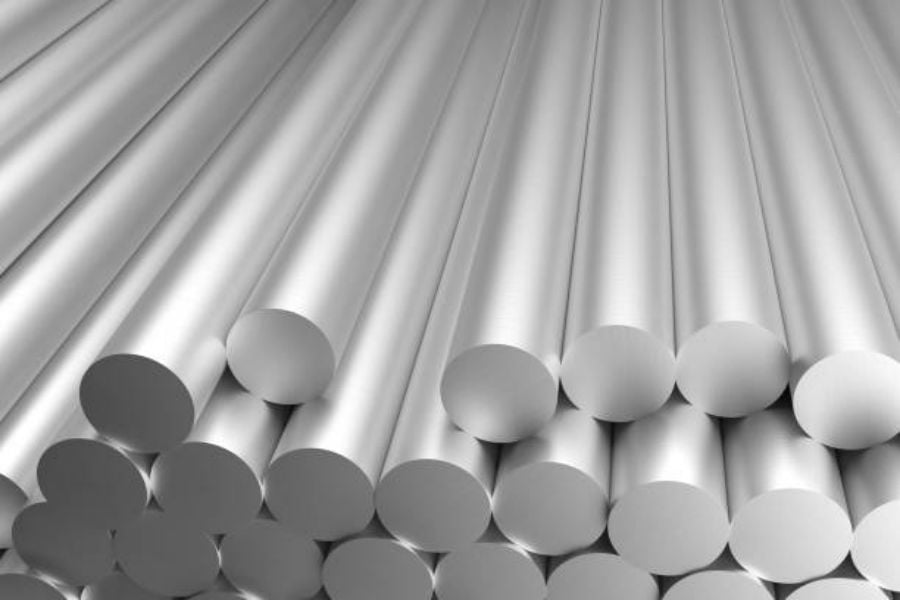Table of Contents

What is a 1 Titanium Rod?
A 1 Titanium Rod refers to a circular bar made of pure titanium. It is a high-strength metal that is lightweight, durable, and resistant to corrosion. Titanium rods are commonly used in various industrial and medical applications due to their unique properties.
The Manufacturing Process of 1 Titanium Rod
The manufacturing process of 1 Titanium Rod involves a few steps. First, titanium sponge is obtained from the ore and melted. The molten titanium is then cast into an ingot and cooled. The ingot is then processed into the desired diameter and length using a lathe machine. Finally, the titanium rod is polished to achieve a smooth finish.
Advantages of Using 1 Titanium Rod
One of the main advantages of using 1 Titanium Rod is its high strength-to-weight ratio, which makes it ideal for applications where weight reduction is critical. Additionally, titanium is biocompatible, meaning it can be used in medical implants without causing adverse reactions in the body. It is also resistant to corrosion, making it suitable for use in harsh environments.
Applications of 1 Titanium Rod
1 Titanium Rod has a wide range of applications due to its unique properties. It is commonly used in the aerospace industry to manufacture aircraft parts such as landing gears and engine components. In the medical field, it is used to manufacture implants such as dental implants and joint replacements. Other applications include sports equipment, automotive parts, and marine equipment.
Types of 1 Titanium Rod
There are different types of 1 Titanium Rod, each with its own unique properties. Grade 1 titanium is the purest form of titanium and is the most ductile and malleable. Grade 2 titanium is the most commonly used type due to its high strength and low weight. Grade 5 titanium is a popular choice for applications that require high strength and corrosion resistance.
Factors to Consider When Choosing 1 Titanium Rod
When choosing a 1 Titanium Rod, it is important to consider several factors, including the type of application, the required strength and durability, and the cost. It is also important to ensure that the rod meets specific industry standards and regulations.
Maintenance of 1 Titanium Rod
Maintenance of 1 Titanium Rod is relatively simple. It should be cleaned regularly using a mild detergent and a soft brush. Avoid using abrasive cleaners or pads as this can scratch the surface of the rod. Additionally, it is important to store the rod in a clean, dry place to prevent damage or corrosion.
The Future of 1 Titanium Rod
The future of 1 Titanium Rod looks promising, with an increasing demand for the metal in various industries. Titanium is becoming an increasingly popular choice in the automotive industry due to its lightweight and high-strength properties, which can improve fuel efficiency and reduce emissions. It is also being explored as a potential material for additive manufacturing or 3D printing.
1 Titanium Rod vs. Other Metals
Compared to other metals such as steel and aluminum, 1 Titanium Rod offers several advantages. It is much lighter than steel, for example, and has higher corrosion resistance than aluminum. Additionally, titanium has a higher strength-to-weight ratio than both steel and aluminum, making it an ideal choice for applications where weight reduction is critical.
The Cost of 1 Titanium Rod
1 Titanium Rod is more expensive than other metals due to its rarity and difficult manufacturing process. However, it is important to note that the long-term benefits of using titanium, such as its durability and low maintenance requirements, can outweigh the initial cost in certain applications.
